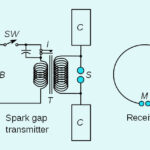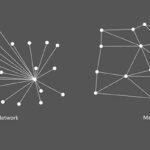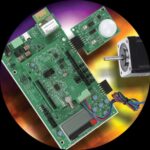Rohm Group company LAPIS Semiconductor recently announced the availability of a multiband (sub-1GHz/2.4GHz) wireless communication LSI, ML7421, optimized for applications requiring low power consumption over relatively long distances, such as smart meters, gas/fire alarms, smart agriculture, and home/building security systems.
LAPIS Semiconductor developed new wireless communication LSI, ML7421, delivering high-performance communication. In addition to covering the sub-1GHz frequency band (400MHz to 960MHz), it also covers the 2.4GHz frequency band, providing universal compatibility. This LSI has very stable wireless characteristics even under changing environmental parameters such as voltage and temperature fluctuations. Fluctuations over temperature (-40 to +85℃) are only 0.5dB in TX output power and 1.0dB in RX sensitivity. Furthermore, DCDC converter, high-efficiency class-E power amplifier and a high-speed radio wave check function allow the average current consumption to decrease by 15% compared with conventional LAPIS products, leading to lower system power consumption and longer battery life.
The ML7421 supports both Sub-1GHz (400MHz to 960MHz) and 2.4GHz. Previously, it was necessary to select wireless LSIs for each country and develop devices for them. By supporting the 2.4GHz band available world-wide, a single device can be deployed globally. Additionally, in environments where communication at 2.4GHz is unstable, long-distance Sub-1GHz communication is available. For this reason, 2.4GHz and Sub-1GHz can be used as bridged communication depending on the application or the environment.
Average current consumption is decreased by 15% during the general sensor operation (in 5-second intervals, sleep mode, transmitter(TX) mode and receiver(RX) mode are included). Improving the DC-DC converter and the high-efficiency class-E Power Amplifier reduces transmitter (TX) mode current consumption down to 27mA at 13dBm output. In addition, high-speed radio wave check function reduces the time required for start-up of reception, minimizing the total time for receiver strength detection (approx. 1ms). As a result, power consumption of wireless nodes within a network are reduced, contributing to overall lower system power consumption and longer battery life.



Leave a Reply